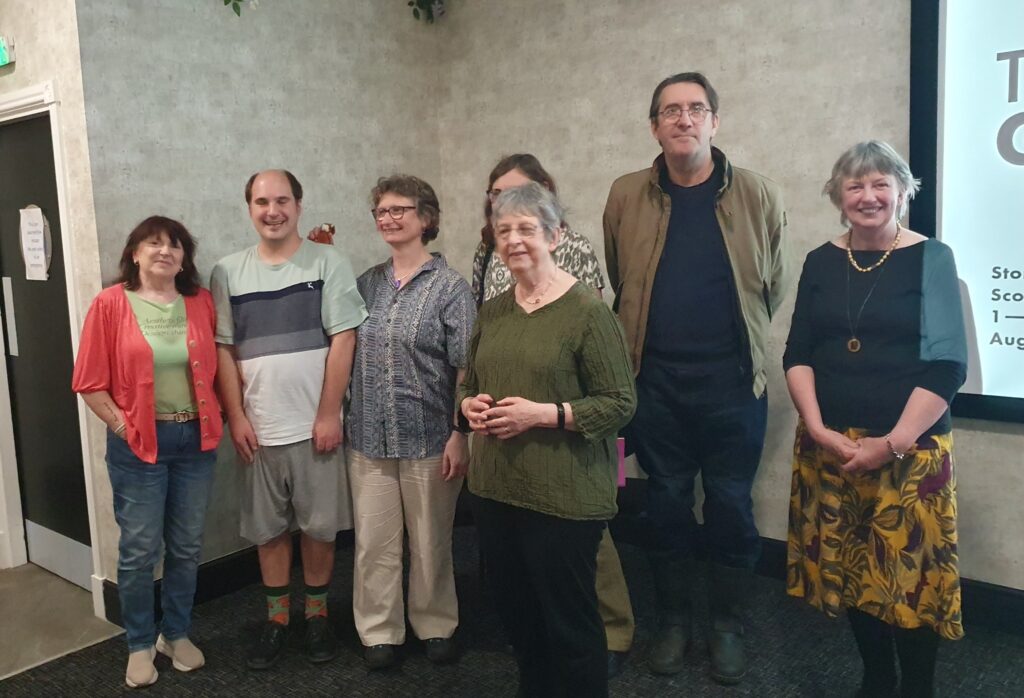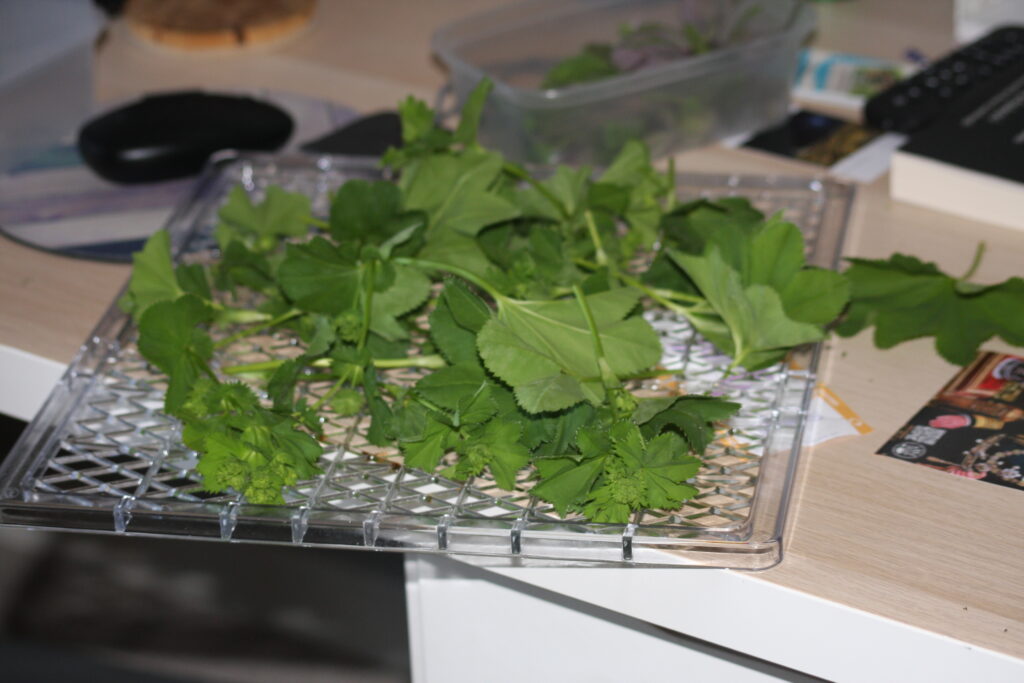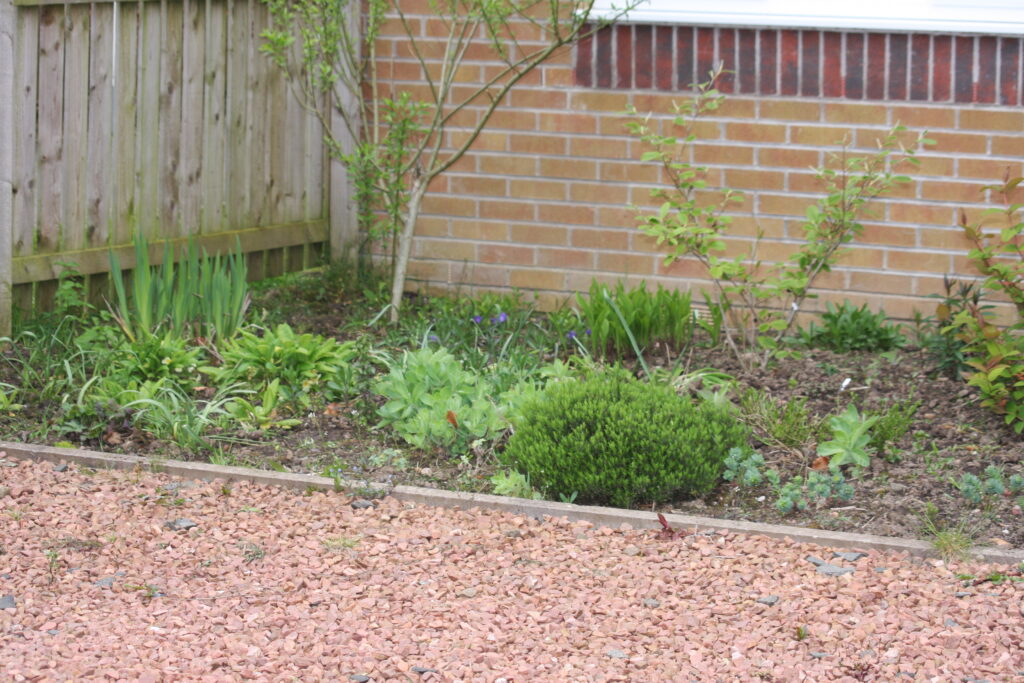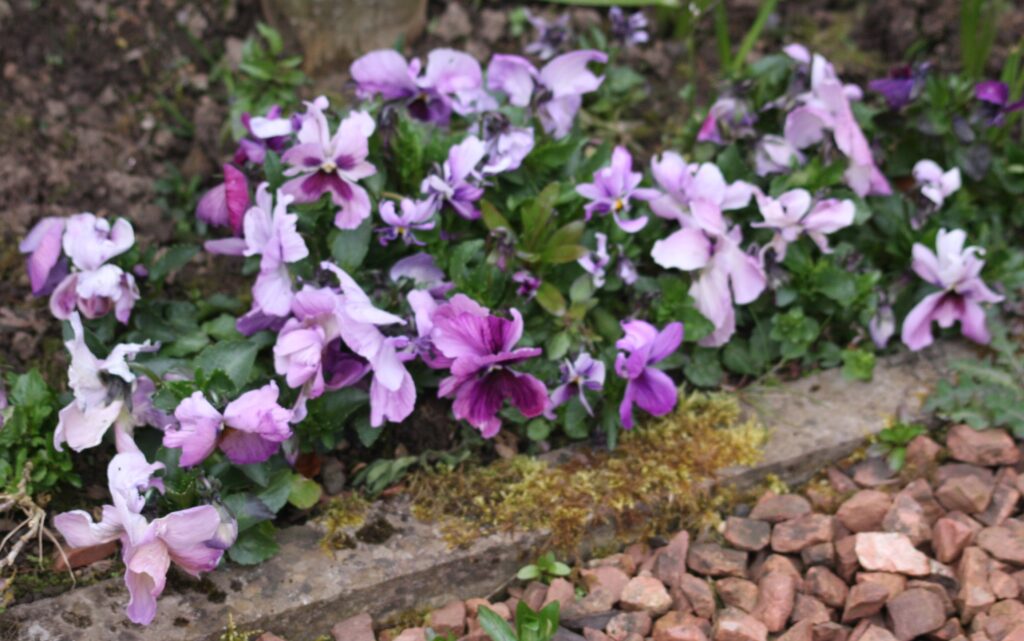We have been watching Kaos on Netflix, and I am very much enjoying the portrayal of Orpheus as a narcissistic dysfunctional pop idol draining Eurydice emotionally in the service of his art. Many years ago – about twenty, I think, which shocks me now I think about it – I wrote a poem sequence called Eurydice Rising, which started from this very premise. Orpheus falls for Eurydice because she is crazy and strange, and when she becomes happy and stable he gets bored – no inspiration – and she retreats into a deep depression. Orpheus falls apart
Moniage 1: Orpheus in the Wilderness
Orpheus deserts his post. Her flight
is like a magpie raid on his whole life –
what isn’t gone is broken, pulled apart.
Only the harp goes with him, and he plays
in doorways, under arches, in the space
between the human places. When he sings,
the trees bend down to listen. No-one else will.
He is lost without her, and demented,
follows strange girls home, asks who’s hiding her,
shouts obscenities at those who pass him by.
He hears voices in the dark, and follows them
out into wilder places, to be alone.
He comes on children, picking brambles,
noisy, carefree, quick and neat as birds.
They do not notice him, and go their way
unfrightened, and he hears the women call
them home to breakfast. When they are gone,
the silence stirs him like a changing wind.
He says, “I used to do that, long ago.”
He thinks of berries shining, intact, black,
the small hairs tickling his outstretched palm,
the scratches worn like war wounds, and the brag
of secret places, where there’s loads still left.
That’s when the door opens, the shadowed way
beneath the grey rock, to the other place.
It gets a bit complicated after that, because there are several versions of this legend, one happy, one sad, and I replicated both. In my take on the classical version, Orpheus really wants Eurydice’s eerieness. He looks back at the underworld, and loses her, and his life. But in the northern version, he succeeds – he recognises the inspiration within the ordinary world, allows Eurydice her own choices and her own ability to come into the light,
And then, the fairytale conclusion –
he finds beyond his garden gate,
in the orchard, sunlit Eurydice.
There was a lot of musing about the role of the artist, and the value to society of art, and it seems quite timely to bring this up again, what with the cuts to funding from Creative Scotland and all. I know, oh I know – money is short, Scotland is on a fixed budget, unlike independent governments, and when push comes to shove, I’d rather see bairns fed and pensioners kept warm (though artists too have bairns, and some of them are pensioners). But still, there is more to say.
We went to see the Grit Orchestra this week and they played a piece called Karabach. It came out of Martyn Bennett’s experience working in refugee camps in Armenia, and before the orchestra played, they ran the actual recording which inspired the piece. A little girl is singing to herself, very beautifully, very unselfconsciously, while in the background you can hear the sound of bombs falling continuously in the distance.
This recording is not just poignant and moving. It doesn’t just inspire outrage that we can do this to people. There is no moral to be drawn about resistance to evil, or the beauty of the human spirit. It simply tells us that art is survival. We don’t just need it, it isn’t just therapy – though it can be therapeutic and consoling and inspiring, of course. It is simply the expression of who we are. Creativity cannot be regarded as a luxury to be indulged in when the real important stuff is done. Once human beings are physically safe, creativity – music, stories, visual arts, drama – is their next most vital need. It’s how we build community. It’s how we access spirituality. The self-righteous who complain about unemployed people having television, refugees going to poetry classes, the provision of music classes rather than job ready training see other people as less than human.
When we weigh up our priorities, we have to do better.










